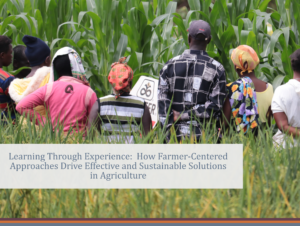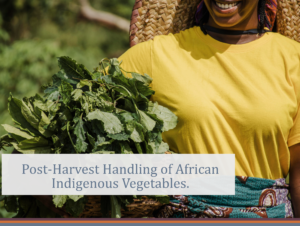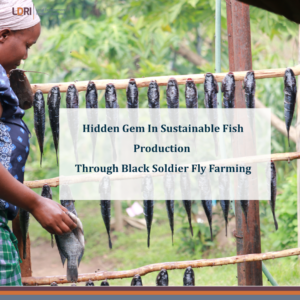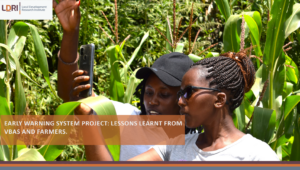![]()
Integrated Pest Management: A Sustainable Approach Of Controlling Pests In Agriculture
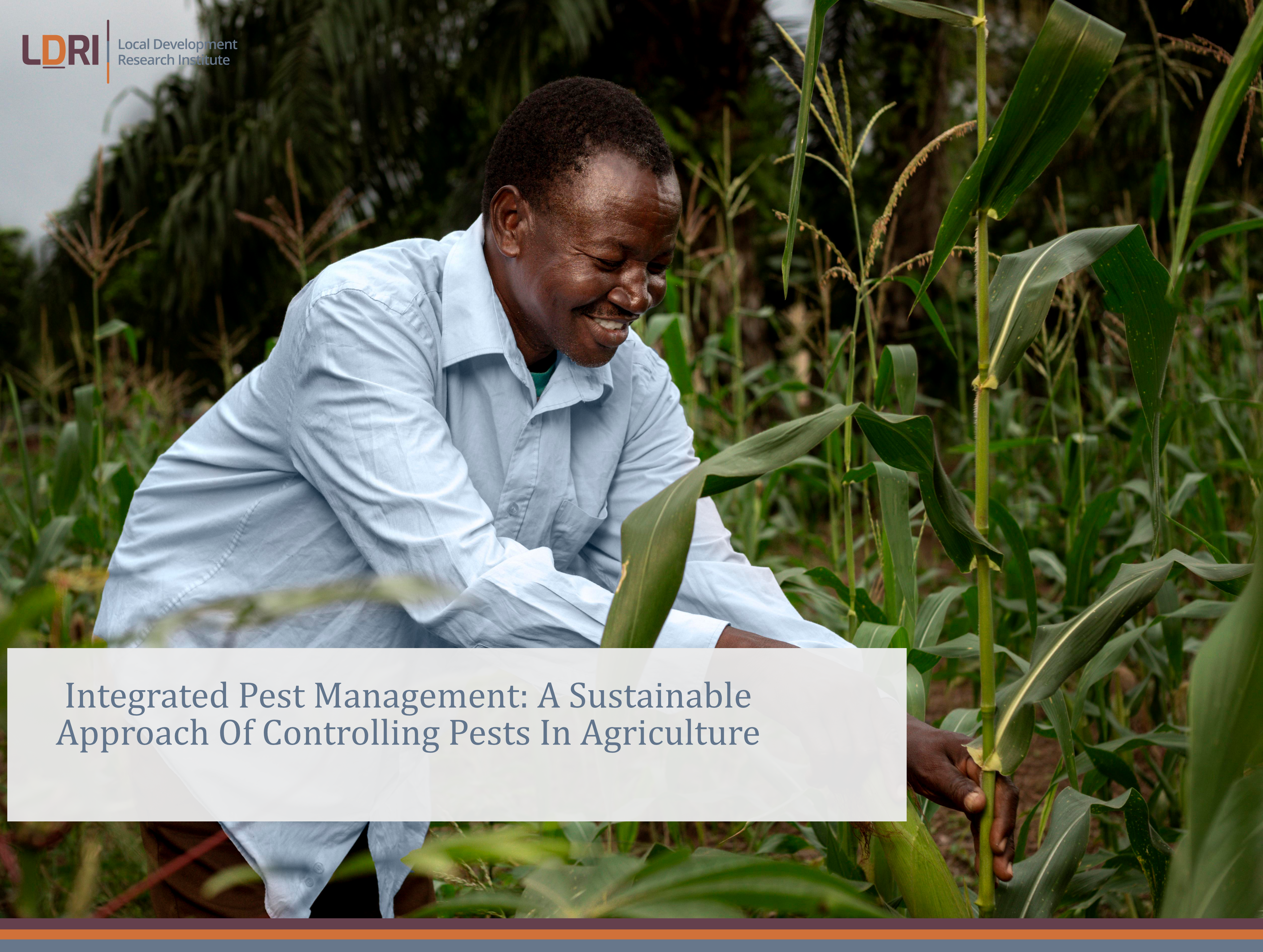
Pest control in agriculture is pivotal for ensuring food security by safeguarding crops from the detrimental impacts of pests. The significant damage inflicted by pests can result in economic losses due to reduced yields. One effective method of managing these pests is through the adoption of integrated pest management (IPM), a holistic and environmentally friendly approach to pest control.
Originally developed in response to the escalating use of pesticides, which led to pest control crises and heightened awareness of the extensive adverse effects on human health and the environment, IPM focuses on minimizing the use of harmful chemicals. Instead, it emphasizes prevention, monitoring, and the implementation of safe and non-chemical solutions.
At the core of IPM lie several key principles. Prevention involves establishing an environment less conducive to pests through practices like crop rotation, proper irrigation, intercropping, and selecting pest-resistant varieties. Monitoring entails regular surveillance of farms to detect early signs of pest infestation, facilitating timely intervention. Identification is crucial for accurately pinpointing pests and tailoring effective control measures to minimize unnecessary pesticide use. Integrated Control involves setting action thresholds and employing a combination of methods when pest populations exceed these thresholds, ensuring a comprehensive and sustainable approach to pest management.
Methods utilized in IPM encompass a range of approaches. Biological Control harnesses natural predators, pathogens, or parasites to suppress pest populations effectively. Cultural Control involves adjusting agricultural practices to discourage pests from thriving. Physical/Mechanical Control employs methods such as traps, barriers, or manual removal to impede pest access. Chemical Control, used sparingly as a last resort, involves the judicious application of pesticides, taking into account efficacy and potential non-target effects. Together, these methods form a comprehensive strategy for sustainable pest management within the framework of integrated pest management.
The benefits of IPM are manifold. Firstly, it contributes to environmental protection by minimizing the use of harmful chemicals, thereby safeguarding ecosystems. Secondly, it prioritizes the health and safety of farmers and consumers by reducing their exposure to toxic chemicals. Additionally, IPM proves to be cost-effective, as it prevents infestations and reduces the necessity for expensive control methods, saving resources in the process. Lastly, IPM facilitates improved crop yields, thus enhancing food security by effectively mitigating pest damage and promoting sustainable increases in agricultural productivity.
Despite its advantages, widespread adoption of IPM faces challenges due to limited farmer awareness and access to information. To address this gap, we as LDRI, employ educational initiatives like the Farmer Field School (FFS) approach. Through FFS sessions conducted in Agricultural Training Centers (ATCs), champion farmers are trained and tasked with disseminating knowledge to their communities. LDRI’s efforts in Murang’a and Kakamega counties exemplify this commitment to empowering farmers with IPM techniques and enhancing food security through sustainable agricultural practices.

